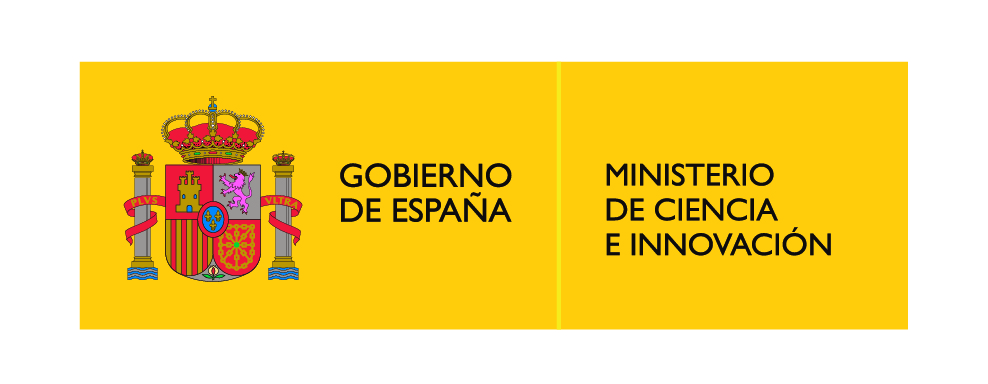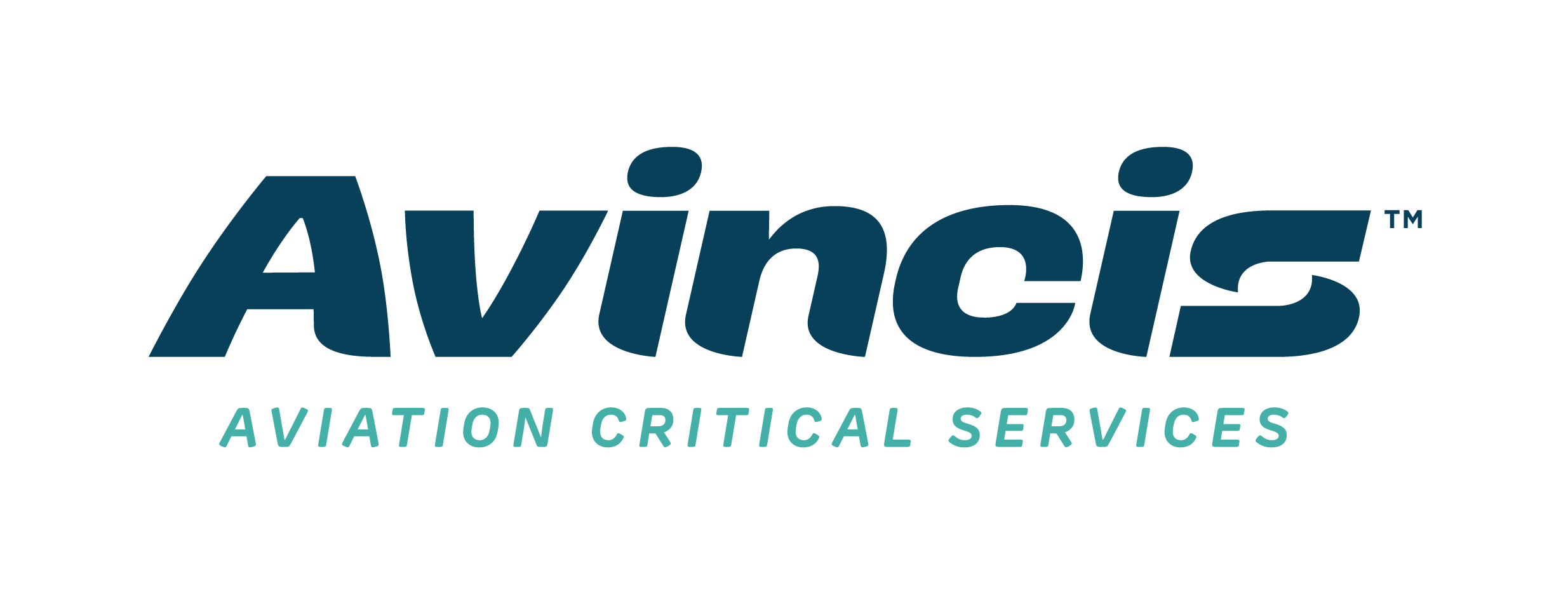
R&D program
So far, three partnership agreements have been reached between the Xunta de Galicia and driver enterprises for the joint development of R&D programs to create products, technologies and solutions in the aerospace sector based on Pre-commercial Public Procurement models.
This public-private collaboration model has enabled the Xunta de Galicia to maximise public investment profitability, thereby attracting large companies and generating opportunities for SMEs to access the market for innovative products and services in the aerospace field.
The R&D program involves subcontracting of more than € 24 M to Galician SMEs, technological and research centres and Universities.
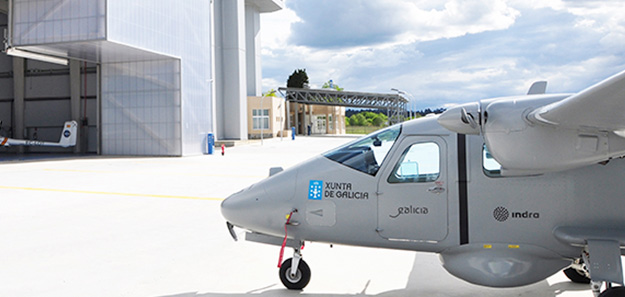
JOINT XUNTA DE GALICIA-INDRA PROGRAM
The Xunta de Galicia and Indra are investing about € 60 M in this joint program, of which the Galician Government contributes € 20 M and Indra about € 40 M, including reinvestment and indirect returns.
This joint program involves the development of three projects with high market potential.
TARGUS is a fixed wing Optionally Piloted Vehicle (OPV) of Length 11 m, weight 1230 kg, and payload >100 kg, depending on configuration adopted.
The Data Processing and Mission Centre (DPMC) is used for operational control and is responsible for receiving, processing, filing, distributing and monitoring data from sensors fitted on unmanned platforms.
In the joint R&D program, Indra not only has the collaboration of INTA-CIAR but also the participation of 18 SMEs and knowledge centres.
Enterprises: Ingeniería Gaerum/Tecnam Aviation, Seadrone/Acubens, Televés/Gsertel, Marine Instruments, Ingeniería Insitu, SOARNOR (Sociedad Aeronáutica del Noroeste) /S4 Solution for Aviation, Sixtema, Aeromedia and Centum.
Knowledge Centres: Fundación ITG, Aimen Centro Tecnológico, Centro Tecnológico de Telecomunicaciones de Galicia (Gradiant), Aclunaga and AtlanTIC.
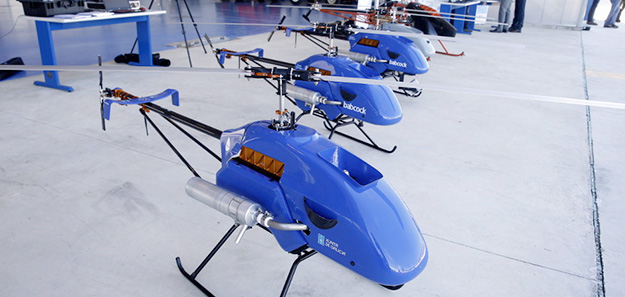
JOINT XUNTA DE GALICIA-BABCOCK PROGRAM
The Xunta de Galicia and Babcock are investing about € 55 M in this joint program, of which the regional government contributes about € 20 M and the multinational about € 35 M (this figure includes reinvestment and indirect returns).
This joint program involves seventeen R&D projects, which translate into the development of around twenty solutions, notable among which are the LUA and LUMES platforms.
-The rotating wing LUA platform has a weight of 25-30 kg, which allows a payload of up to 7 kg and a maximum speed of 120 km/h.
-The rotating wing LUMES platform has a weight of 150 kg, a payload capacity of up to 35 kg and maximum speed of up to 140 km/h.
An automatic pilot for unmanned aircraft.
An advanced ground unit that includes an aircraft transport system and operations control centre.
An unmanned aircraft flight simulator for training operators.
The objectives of the joint Xunta de Galicia – Babcock program are the development of sustainable technological solutions to improve the efficiency of public services in three key areas: combating forest fires, maritime surveillance & rescue, and land management.
In the joint R&D program, Babcock has the collaboration of more than 20 companies, knowledge centres and universities, besides INTA-CIAR.
Enterprises: Veoline Sistemas Aeronáuticos, Deltro Soldatec, Centum, Pildo Labs Galaica, Gradiant, Coremain, Cinfo, Sivsa, Softwcare, Cablerías Auto and Industrias Delta Vigo.
Knowledge Centres and Universities: Fundación ITG, University of Santiago de Compostela – CITIUS, Centro Tecnológico del Mar (CETMAR), University of Santiago de Compostela – Laborate, Galician Food Quality Agency, Galician Automotive Technology Center (CTAG), Itmati, University of Santiago de Compostela – Multispectral, AtlanTIC and the Supercomputing Center of Galicia (CESGA).
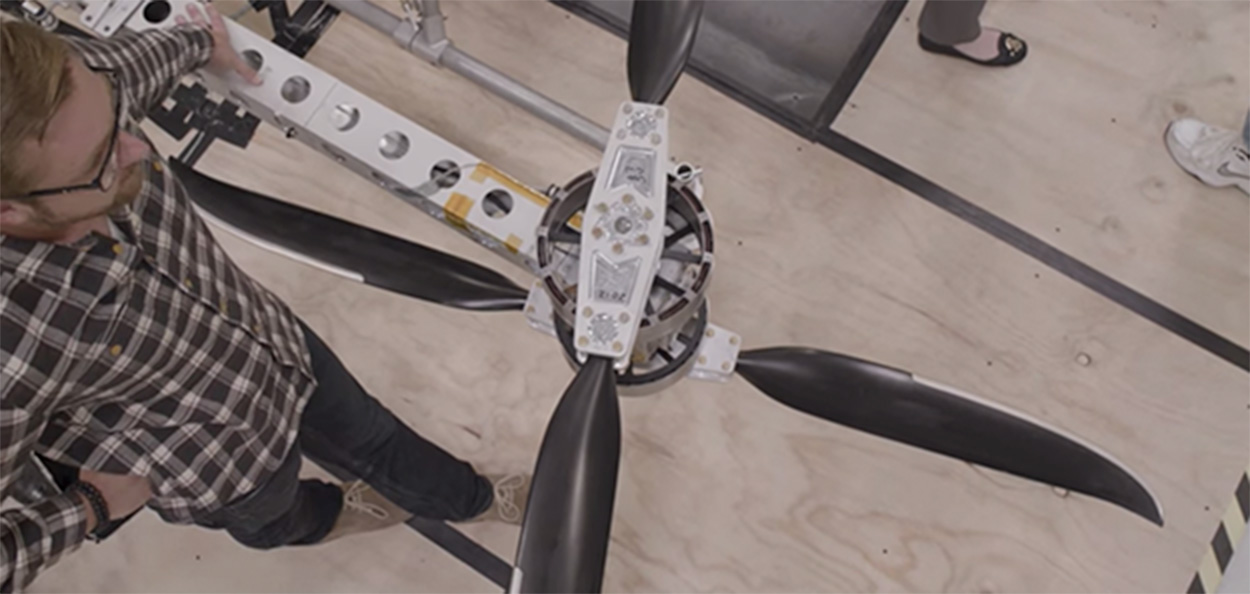
JOINT XUNTA DE GALICIA-BOEING PROGRAM
Boeing Research and Technology Europe is developing a joint U-Space R&D program with the Xunta de Galicia with an investment of € 10.2 M, of which the Galician Government contributes € 6 M and Boeing the remaining € 4.2 M.
The program called Galician Skyway is comprised of six projects aimed at developing specific technological solutions to address possible in-flight situations identified by Air Safety Agencies as key to air traffic safety in spaces where manned and unmanned aircraft coexist.
Galician Skyway researches and develops advanced technologies with a common objective: to strengthen safety of operations with UAVs and pave the way for a future ecosystem in which traditional aircraft and unmanned vehicles coexist in the same airspace.
As a result of this joint program, Boeing will leave behind a test and contingency simulator installed in Rozas, which will be an important contribution to the equipment of the Rozas Aeronautics Research Centre (CIAR).
Boeing Research and Technology Europe and the Xunta have the collaboration of six companies and institutions to implement this project: ENAIRE, a branch of the Ministry of Development; INTA, a branch of the Ministry of Defence; the Galician technology centre Gradiant; the Galician technological multinational Televés; Centum, a Galician technological start-up specialised in telecommunications; and Soticol, a technology-based company at the University of Alcalá.
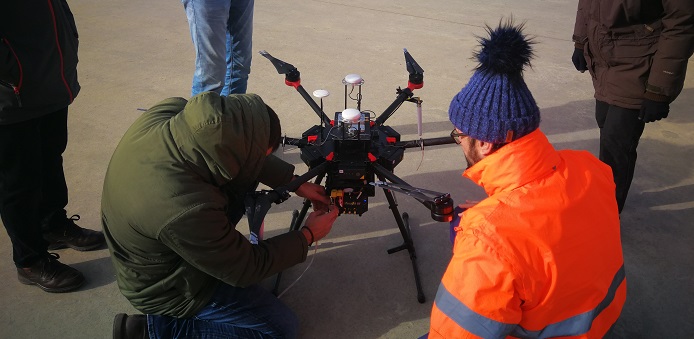
LoL: Loss of Link, solutions to loss of communications with the ground station that controls or pilots the UAV.
LoS: Loss of Separation, solutions to the loss of separation between aircraft to minimise risk of aircraft collision.
LoG: Loss of GPS, solutions to the loss of the signal from the navigation and positioning support infrastructures, such as GPS.

